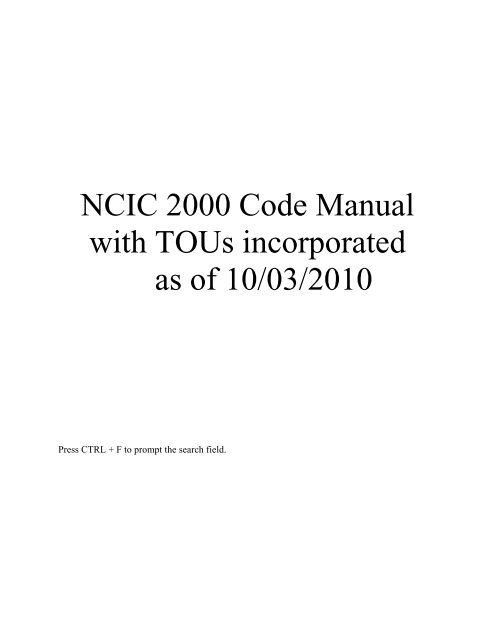

He was found guilty and sentenced to six months in gaol. Some months later, Albert was charged with allowing Henoch Raberaba, a relative, access to a bottle of rum.

When a young woman was killed as a result of a drinking party at his camp at Morris Soak, Albert was back in the headlines, this time as the possible supplier of the alcohol which led to the drunken fight that resulted in her death. He was now permitted to drink alcohol, but not with his relatives who were wards of the state. This meant that he was an Australian citizen. When the Northern Territory Welfare Ordinance came into operation in 1957, Albert Namatjira's name was not on the list of wards who would be controlled by this legislation. At this time, under the Aboriginals' Ordinance, he did not have the rights of other Australian citizens. In 1954 he attempted to buy land in Alice Springs to build a house, but was refused. The material rewards which flowed as a result of Albert's artistic success - a truck to make his painting trips easier, money and the goods it could purchase in Melbourne or Sydney - were shared amongst his kin folk according to cultural expectation.Īs the wealth flowed in, however, Albert grew increasingly troubled. They settled in Hermannsburg, and over the next two decades Rubina gave birth to seven more children. On their return to the mission in 1923 with their three children Enos, Oscar and Maisie, Ilkalita converted to Christianity, taking the name Rubina. When he was 18 he eloped with Ilkalita, and initially lived outside the Hermannsburg Mission as his wife was not only a member of a kinship group forbidden to him, but not a Christian. He was also, however, initiated into manhood according to Aranda traditions. For a time, he was held up as an example of the success of the assimilation policy.Īrtist Rex Battarbee had, in response to Albert's interest, taught him the principles of landscape painting in watercolours.Įxhibitions initially arranged by Battarbee were a sell-out and, by 1954, Albert was presented to the Queen and had held exhibitions in Adelaide, Sydney and Melbourne.Īlbert had been baptised when he was three, when his parents converted to Lutheran Christianity. 2 of 1892)’, the provision of the name of the ship on which the immigrant Indian parent arrived may have been a recognized substitution for other information stated to be required in the Schedule, ie: father’s name and surname, rank or profession, age and birthplace, when and where married, previous issue living and deceased, as well as mother’s name and maiden surname, age and birthplace.Īccording to the ‘ Marriage Ordinance 1918, Schedule F.-(Section 4.Albert Namatjira, born on Hermannsburg Mission in 1902 of Aranda parents, became, in his lifetime, the most well-known and admired Aboriginal person in Australia.
#NATIONAL ORDINANCE 1903A3 BORN ON DATE REGISTRATION#
(Section 11.) Register of Births, of the Ordinance for the Registration of Births, Deaths and Marriages (No. Some Fijian birth certificates of children born to Indian immigrant parents are known to state the name of the ship of each parent.Īlthough not explicitly required to be stated in the ‘ First Schedule, Form No. If you wish to submit an enquiry to the Library for a copy or copies of emigration passes but do not know such information as the date or the name of the ship on which your relatives arrived, it is recommended that you first obtain copies of any / all registered civil events concerning your relatives in Fiji.


 0 kommentar(er)
0 kommentar(er)
